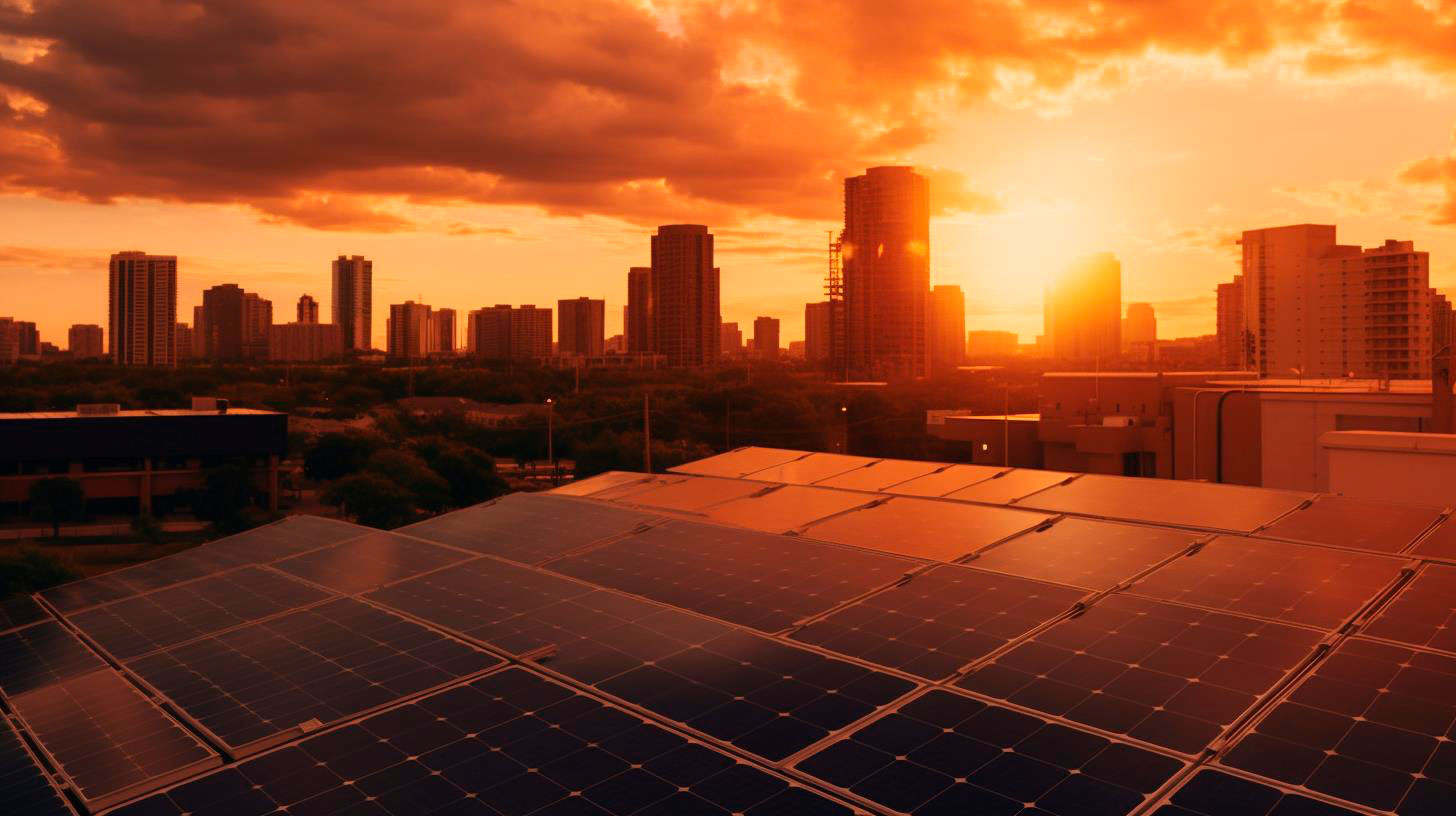Balancing Aesthetics and Energy Production: Offshore Wind Farms as a Visual Challenge
One of the most discussed and controversial aspects of offshore wind farms lies in their visual impact on the surrounding environment. In this article, we explore the delicate balance between aesthetics and energy production that offshore wind farms present.
The Growing Importance of Offshore Wind Farms
With the awareness of global warming at an all-time high, the importance of renewable energy sources continues to grow. Offshore wind farms play a crucial role in addressing this demand by capitalizing on the strong and consistent winds found offshore. According to the Global Wind Energy Council, the global offshore wind capacity is expected to increase by 17-fold, reaching a staggering 228 GW by 2030. This highlights the significant role offshore wind energy will play in meeting our future energy needs.
The Visual Challenge: Balancing Form and Function
While offshore wind farms are undoubtedly beneficial for reducing greenhouse gas emissions and creating a sustainable energy future, concerns have been raised about their visual impact and potential disruption to coastal landscapes. Finding the right balance between form and function is crucial to ensure the acceptance and integration of these structures. Let’s delve into the key aspects that bridge the gap between aesthetics and energy production:
- Location Selection: Careful consideration must be given to the location of offshore wind farms. Expert analysis of coastal views and surrounding landscapes can help determine the most suitable sites that minimize visual impact without compromising efficiency.
- Design and Layout: Innovative and visually pleasing designs can help integrate offshore wind farms seamlessly with their surroundings. Modern turbines can be elegantly designed with sleek profiles that blend into the environment.
- Distance and Visibility: Placing wind farms farther from the coast reduces their visual impact. Utilizing advancements in turbine technology allows for taller towers and larger rotor diameters, enabling turbines to generate significant energy while reducing the number needed, further minimizing visual obstruction.
- Stakeholder Engagement: Involving local communities, environmental organizations, and other stakeholders in the planning process is essential. By incorporating their perspectives, concerns can be addressed, resulting in more widely accepted solutions.
The Advantages of Offshore Wind Farms
Despite the visual challenges they pose, offshore wind farms offer numerous advantages:
- Renewable Energy Generation: Offshore wind farms provide a reliable and sustainable source of clean energy, reducing our dependence on fossil fuels.
- No Land Occupation: Unlike onshore wind farms, offshore installations do not occupy valuable land resources, making them an ideal choice for densely populated coastal regions.
- Higher Wind Speeds: Winds over the ocean are generally stronger and more consistent than on land, resulting in higher energy production and efficiency.
- Economic Benefits: Offshore wind farms create jobs, stimulate local economies, and can contribute to energy independence.
In conclusion, offshore wind farms represent a crucial step towards a sustainable future. While their visual impact is a legitimate concern, innovative design, strategic positioning, stakeholder engagement, and advancements in turbine technology can effectively balance the aesthetics and energy production. By embracing offshore wind farms, we not only combat climate change but also foster economic growth and support clean energy initiatives. Together, we can create a greener and more visually harmonious tomorrow.
